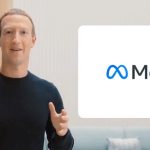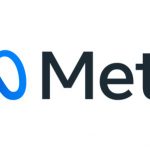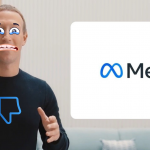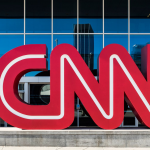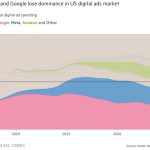When one spends on a Facebook ad campaign, there is always that nagging feeling that it can all go wrong. Worse, it can burst into flames and turn into instant ash. If that eventuality happens, it can become a colossal waste of funds.
Here’s a quick list, from industry veterans, that Social Media Examiner put together for easy referencing:
#1: Testing Multiple Interest in Single Ad Set
During campaign test-runs, marketers are likely to run a set of ads with various interests to capture new audiences. While it will deliver amazing results, thanks to the bundled information, it is very hard to replicate after. After all, it’s impossible to discover those specific parameters that make the campaign hyper-effective. Moreover, this makes it impossible to scale the ad.
The solution: create a list of interests with intended targets and group them into several categories. Use these as targets for the Facebook ad sets and observe which ones will bring in the highest yields. Further to that, data like knowing the largest audience response and discovering new groups to target.
#2: Running too many Facebook ads with too-small a budget
The next mistake to keep in mind is how Facebook ad accounts become too complex. Having too many campaigns, ad sets, and ads will lead to confusion. In turn, this makes it inefficient, is costly to manage, and will bring in poor results.
Consider: consolidating audiences into ad sets that operate on larger budgets. This will enable Facebook to track more data and get better oversights on cost-per-action. Scaling up will become easier to manage and, from there, campaign controls will be more streamlined. For example: link up 1% lookalike of all 365 audiences with lookalike that land on the sales page; similarly, place together all digital marketing with small businesses, and Facebook page audiences into a combined ad set.
Next, drop in the best 3-6 ads in each set and start testing new copy or creatives using Facebook’s true-split testing. To ensure high responses, the social network needs at least 50 to 100 conversions per ad set for each week. That translates to needing a reasonable budget to power it all – higher budgets means better lead returns.
#3 Focus on Cost-per-Lead Instead of Earnings
There are two major mistakes that many do not avoid for Facebook ads. Firstly, not doing any organic testing that determines if the elements – visual, copy, narrative, or hashtags – will work or not. Boosting an already broken ad will only amplify its problems, so it’s better to check first.
Secondly, placing focus on the wrong data values. Most will look at cost-per-lead; by right, it should be earnings-per-lead. After all, that stat determines how much is being earned for every person who goes through the sales process.
#4 Engaging the Wrong Facebook Campaign Objective
Often times, marketers eager to use Facebook ads tend to cut to the chase. They want to sell something and fast. This is usually inappropriate as it violates one of the golden rules of social media advertising: give before asking. Lead generation on the web must always start with providing something of value first. This opens the way for a proper conversation that nurtures a relationship.
Closely related to this is how marketers can mix up their objectives. Most times, they will go for lead ads or engagements when it should be lead optimisation or conversion.
#5 Zero Follow-Up Management
This is the biggest mistake most advertiser and marketers make. Usually, many teams will just set up a campaign and let it run on its own. With no proper monitoring in place, the ad set cannot change when the news narrative evolves.
Solution: It’s best to actively monitor and analyse Facebook ad campaigns and make adjustments as and when necessary.
#6 Create New Facebook Ads, Don’t Manage What Works
The most prevalent problem with Facebook advertising is how there are too many active campaigns running and most only providing marginal conversions. That, in essence, translates to squandering audience potential and not allowing Facebook algorithms to optimise anything.
Ideally, with US$10,000 monthly budget, three campaigns with three ad sets each is more than enough. The custom audiences, lookalikes, and saved audiences that tie-in will be large enough for cost-per-1,000 impressions to do the job. By right, accounts with US$100,000/month spending caps should have enough traffic to drive more than 50 types of conversion objectives; specifically, over a few dozen ad sets.
Similarly, it’s always better to re-invest into winning campaigns instead of creating new ones. Adjust the winners to make the consistently relevant as that has a higher return-on-investment.
#7 Create Facebook Ads without Understanding Campaign Settings
This goes without saying – understanding the Facebook ad settings is necessary. Many just run campaigns without understanding the implications of the settings they choose on the Facebook Ads Manager. This usually results in bad placements, optimisation, or targeting.
Try this: Use Automatic Placements and don’t ignore that feature. It will automatically place ads on Facebook, Instagram, and relate Audience Networks. Also, always test what works best for different objectives.
#8: Over-Reliance on Automatic Placement
While this option is easy to use and highly recommended. After all, it can speed up the creation of ads and prevent users from selecting the wrong settings. At the same time, it’s advisable to actively manage this feature to ensure Facebook doesn’t automatically over-allocate for specific campaigns. Always keep this in mind when planning ad set strategies.
Text by: Victor Yap
MARKETING Magazine is not responsible for the content of external sites.



